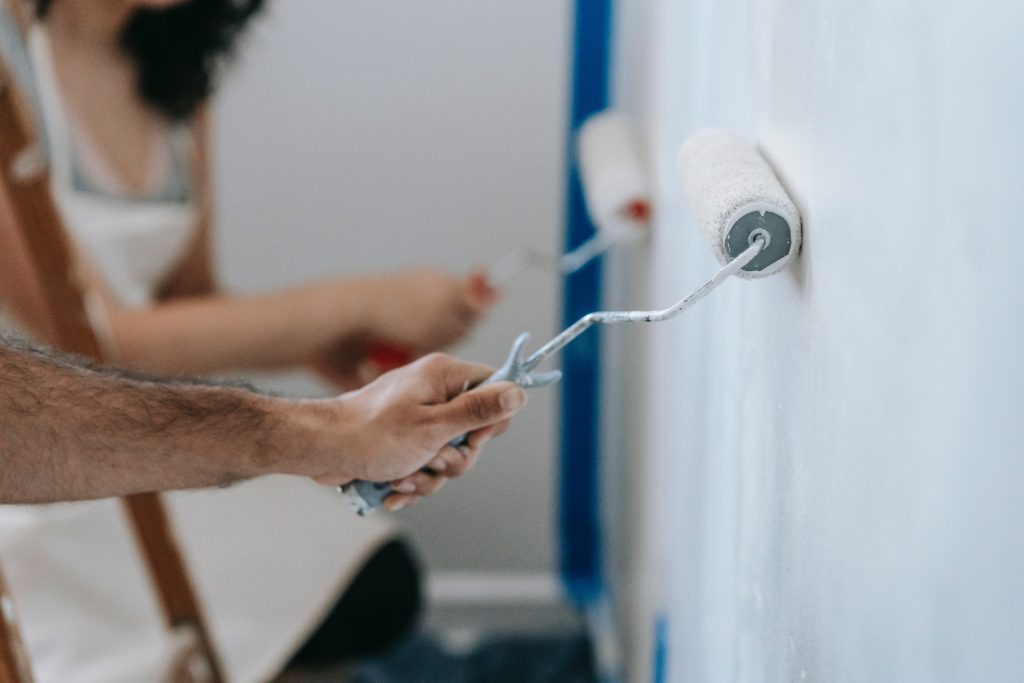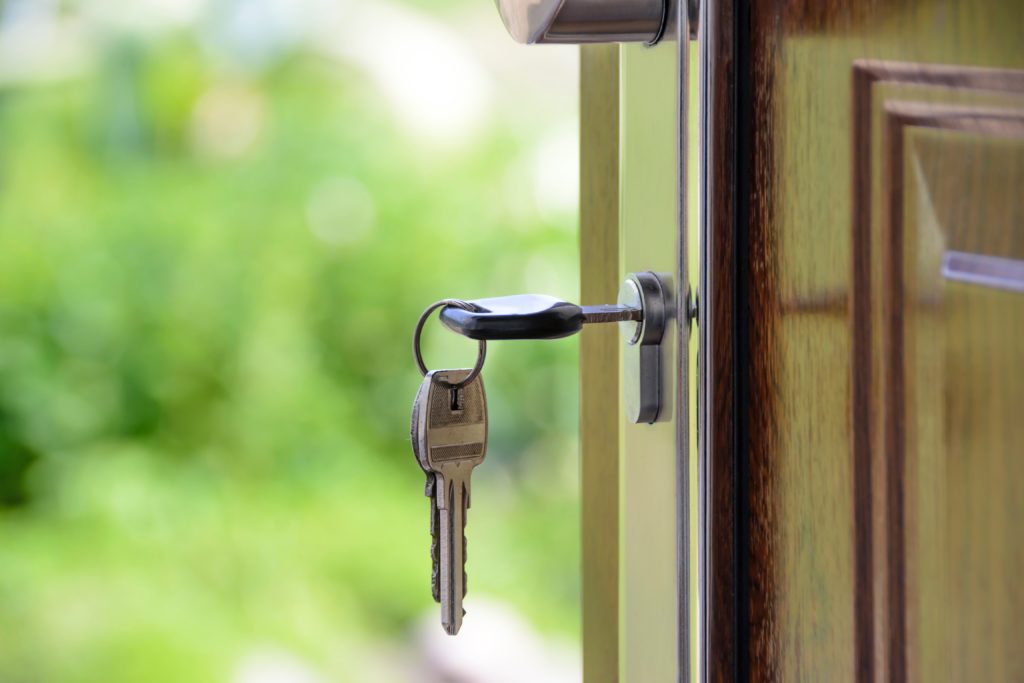Moving into a new home can be an exciting life moment. However, before you can put up your feet and relax in your new home, there are many things to get done. The hope is that getting them done won’t take too long.
How long does it take to move to a new home?
It’s challenging to estimate how long it takes to execute a move because there are so many things to do before moving into a new home. Some estimate that a move can take five to six weeks, including pre-planning, moving day, and unpacking.
However, many factors affect how long it takes a person to move from one home to another. So the actual time spent moving could vary widely from person to person. In general, it’s important to understand that it could take a long time, at least longer than you may have expected or wanted. Anything you can do to minimize that time would obviously be beneficial for you.
Staying organized is key. By devoting some quality time to the planning stages of your move, you can benefit from fewer “hiccups” on moving day. A smooth and efficient move is dependent on thorough planning.
There are several things to do before moving into a new home.
1. Set up or transfer utilities to your new home.
If you are moving locally, call to have your electricity, gas, phone, internet, and cable/satellite services transferred to your new home. If you are relocating farther away, call ahead to have the utilities set up before you move in. Some utilities, such as cable or satellite, may require you to set up a service appointment.
2. Cancel other types of home service you receive on a regular schedule.
These services may include lawn service, snow plowing, and home security systems. You may want to set up some of these services ahead of time for your new home, particularly for home security. For other services, you may be able to wait once you’ve settled into your new home.

3. Important things to do before you move into your new home may include repairs and renovations.
Try to get these completed BEFORE you move in. Painting walls is a popular task people get done ahead of time. In most cases, it’s easier to get these types of tasks done in an empty house without your furniture getting in the way.
4. Schedule a thorough cleaning of your home after you get any repairs or renovations completed.
Whether you do it yourself or hire someone to do it for you, plan a detailed cleaning of your new home before moving your belongings in. You don’t want to move your belongings into a dirty home. It’ll be easier to clean an empty house, especially the floors!
5. Have a plan for all your items, particularly furniture, on moving day.
Reduce the moving day chaos by knowing where each of your items should go in your new home. It will also help you avoid rearranging items later, especially since some things may be cumbersome to move!
Measure out the rooms in your new house and create a floor plan for your more oversized items. Share these with your movers ahead of time so that they can pack the moving van accordingly for efficient unloading.
6. Purchase cleaning supplies to have handy on moving day.
Use these cleaning supplies to wipe down or disinfect any areas during the move or immediately after movers have completed their job.
Cleaning supplies to have ready include disinfectant wipes, paper towels/cleaning cloths, trash bags, window/glass cleaner, all-purpose spray cleaner, and a toilet brush.
7. Schedule residential home cleaners that service the area where your new home is located.
You should call to schedule this cleaning well before your moving day. Being timely about this will increase the chances of scheduling a cleaning at your ideal time. Moving day can track a lot of dirt into your home, and you can create a considerable amount of dust while unpacking.
8. When considering things to do before moving into a new home, don’t forget about food!
Prepare to have some basic foods at your new home for move-in day. Things will be hectic on this day, and you will need to hydrate and fuel yourself to maintain energy.
It’s much more convenient to have food on hand than to make trips out to get food and drinks during the move. Things you may want to stock your refrigerator or pantry at your new home with include water, snacks such as granola bars, fruit (apples and bananas), and drinks such as juices. Just make sure the foods are nutritious to give you energy and appealing to everyone – especially if you have kids.
Related to food, have some basic kitchen supplies accessible, including paper napkins, paper plates and bowls, and disposable forks and spoons. Even better, be environmentally friendly by setting aside eating utensils and unbreakable plates and bowls, so they are easily accessible in your new home on moving day.
9. Before you move into your new home, familiarize yourself with your new neighborhood.
Locate the closest grocery store, hospital, police station, gas stations, and parks. If you have school-aged children, find out where the schools assigned to your neighborhood are located. Also, register your children at the new schools beforehand if you are moving during the academic year.
10. If your current bank doesn’t have a branch conveniently located near your new home, research and select a local bank that meets your needs.
You won’t want to wait until the last minute to take care of this. Situations may arise that will require you to access your funds easily, whether you may need them on moving day or immediately after.
11. Familiarizing yourself with the locations of the circuit breaker box and the water shut-off valves are essential things to do before moving into a new home.
In the unfortunate event that an electrical or water emergency occurs on moving day or soon after, you want to be able to react quickly to minimize damage.
12. After you close on your new home and before move-in day, check all your appliances to make sure they are in working order.
If any of them are not functioning properly, schedule service appointments prior to moving day if possible. You don’t want to be without a working stove, oven, or washer/dryer after moving into your new home.
Also, check to make sure things such as fixtures and appliances that the sellers included in the purchase agreement weren’t taken by them as they moved out.
13. For the safety of you and your family, inspect smoke and carbon monoxide detectors to make sure they are in working order.
Although these should have been checked during your home inspection, recheck them to make sure they haven’t malfunctioned, or the batteries haven’t died since then.

14. Prioritize safety when getting things done before moving into your new home – have all the locks replaced on the exterior doors.
Ideally, hire a locksmith to complete this task before you move your belongings into the house.
Also, as soon as possible, change the security code for the number pad on your garage door as well.
15. Request that the previous homeowner leave behind the owner’s manuals for appliances and any other equipment in the home.
Other equipment in the home may include the HVAC, alarm, and built-in speaker systems. Also, inquire if any of the appliances or equipment is still under warranty.

16. Change your mailing address through the U.S. Postal Service.
Also, contact important businesses you receive services from directly to have your address (and phone number, if necessary) changed in their systems. These businesses may include banks, credit card companies, insurance companies, and mobile phone service providers.
Many, if not all, of these types of companies allow you to make address and phone number changes by logging into your account online. You may find this method much more convenient.
As you can see, there are many things to do before moving into a new home. Allow Reynolds Transfer & Storage to relieve some of the moving stress. We are a family-owned business with over 130 years of moving experience. Contact us to see how we can help you make your move run smoothly.


Recent Comments